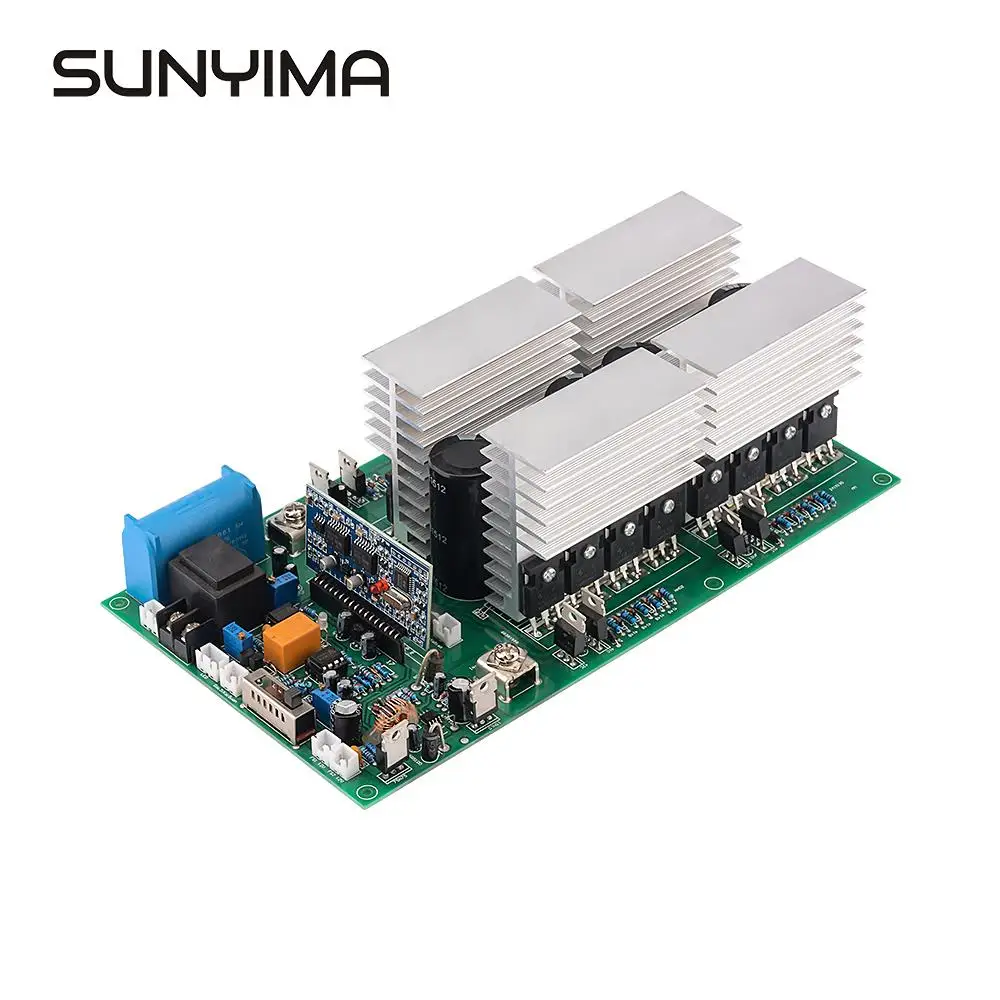Do I understand correctly, that to use this device, I need to connect the output to an inductor and a transformer (in series), before a load? If so, why? Just to clean up the power?
US $78.97 30%OFF | SUNYIMA Pure Sine Wave Inverter Board Inversor Circuit Board 24V-72V to 110V 220V 2000W-9000W Power Converter

 a.aliexpress.com
a.aliexpress.com
US $78.97 30%OFF | SUNYIMA Pure Sine Wave Inverter Board Inversor Circuit Board 24V-72V to 110V 220V 2000W-9000W Power Converter

112.81US $ |Sunyima Pure Sine Wave Inverter Board Inversor Circuit Board 24v-72v To 110v 220v 2000w-9000w Power Converter - Inverters & Converters - AliExpress
Smarter Shopping, Better Living! Aliexpress.com

